In 2025, the NFT ($0.00) market isn’t just bigger — it’s fragmented. Collectors now navigate Ethereum, Polygon, Bitcoin Ordinals, and even Solana ecosystems — each with unique marketplaces, fees, and bidding systems.
To solve this, NFT aggregators have become the go-to tools for serious collectors. These platforms unify listings, pricing, and analytics from multiple NFT marketplaces, helping users save time, reduce gas fees, and find undervalued assets faster.
Here are the top 5 NFT aggregators in 2025 that simplify NFT collection across chains and platforms.
1. Blur
Website: blur.io
Chains Supported: Ethereum, Polygon
Why It Leads:
Blur revolutionized NFT trading by merging aggregation with professional-grade analytics. The platform consolidates listings from OpenSea, LooksRare, and X2Y2, offering real-time floor price updates and collection-wide bidding.
Key Features:
- Unified order book across marketplaces
- Collection bidding for faster bulk buys
- AI-driven price analytics for whales and traders
- Minimal trading fees
Best For: Advanced NFT traders and flippers who need instant liquidity data and bulk purchase tools.
2. Gem (by OpenSea)
Website: gem.xyz
Chains Supported: Ethereum, Polygon, Arbitrum
Why It’s Popular:
Acquired by OpenSea, Gem remains one of the most reliable NFT aggregators. It allows collectors to batch-purchase NFTs from multiple marketplaces in one transaction, reducing gas costs by up to 30%.
Key Features:
- Multi-marketplace NFT buying in one transaction
- Collection sweep tools
- Real-time rarity filters
- Integrated with OpenSea’s verified security layer
Best For: Collectors who value convenience and safety within the OpenSea ecosystem.
3. Tensor
Website: tensor.trade
Chains Supported: Solana
Why It’s Surging:
Tensor has quickly become the Blur of Solana, offering powerful NFT trading and data visualization tools. Its aggregator combines listings from Magic Eden, Solanart, and other Solana-native platforms.
Key Features:
- Cross-market listing synchronization
- Dynamic rarity rankings
- On-chain trading analytics and charting tools
- Lightning-fast order execution
Best For: Solana-native collectors who want institutional-grade speed and analytics.
4. NFTGo
Website: nftgo.io
Chains Supported: Ethereum, BNB ($852.90), Polygon
Why It’s Essential:
NFTGo functions as both an aggregator and market intelligence dashboard. It unifies listings while providing whale tracking, sentiment data, and market trend analytics — ideal for data-driven collectors.
Key Features:
- NFT listings from major marketplaces
- Whale portfolio tracking
- AI-powered rarity scoring
- Floor price history and analytics
Best For: Investors who prefer research-driven NFT collection strategies.
5. Magic Eden Aggregator
Website: magiceden.io
Chains Supported: Bitcoin, Polygon, Solana, Ethereum
Why It’s Expanding Fast:
Originally a Solana NFT marketplace, Magic Eden now runs a full aggregator that spans multiple chains — including Bitcoin Ordinals. Its cross-chain bridge allows users to view and purchase NFTs from multiple ecosystems in one interface.
Key Features:
- Multi-chain dashboard (ETH ($2,831.34), BTC ($87,712.00), SOL ($132.63), POL ($0.14))
- Ordinals marketplace integration
- Wallet-based multi-chain bidding
- Low-fee cross-chain minting
Best For: Collectors who operate across different blockchains and prefer all-in-one management.
Comparison Table: Top NFT Aggregators 2025
Why NFT Aggregators Matter
NFT aggregators are more than convenience tools — they’re reshaping market liquidity and price discovery in real time.
1. Unified Liquidity
By merging order books from multiple platforms, aggregators create deeper liquidity, reducing price volatility and ensuring better deal flow.
2. Cost Efficiency
Single-transaction batch buys help users save on gas fees, especially when purchasing multiple NFTs.
3. Smarter Analytics
Modern aggregators integrate AI-based insights, helping collectors track trends, rare mints, and top-selling artists before the market reacts.
4. Cross-Chain Compatibility
As NFTs expand beyond Ethereum, aggregators serve as the bridges connecting ecosystems — from Solana to Bitcoin Ordinals.
How to Choose the Right NFT Aggregator
When picking your go-to aggregator, consider:
- Supported Chains: Match your primary wallet and ecosystem (e.g., Solana vs. Ethereum).
- Analytics Depth: Choose platforms like Blur or NFTGo for advanced market tracking.
- Speed & UX: Frequent traders benefit from low-latency tools like Tensor.
- Security: Opt for audited platforms with verified smart contracts.
Conclusion
NFT aggregators are becoming the backbone of a multi-chain NFT economy.
They unify markets, reduce costs, and empower collectors with analytics that were once only available to institutions.
In 2025, platforms like Blur, Gem, and Magic Eden are not just simplifying NFT collection — they’re shaping the future of digital ownership, where liquidity and intelligence merge across every blockchain.
FAQs
1. What is an NFT aggregator?
An NFT aggregator unifies listings from multiple marketplaces, allowing collectors to buy and analyze NFTs from one dashboard.
2. Are NFT aggregators safe?
Yes, leading aggregators use audited smart contracts and secure wallet integrations.
3. Do aggregators charge extra fees?
Most take a small platform fee (0.5%–1%), but users save more through gas and batch transaction optimizations.
4. Can I use one wallet across multiple chains?
Yes. Multi-chain wallets like Phantom or Rainbow now integrate seamlessly with cross-chain NFT aggregators.
5. Which aggregator supports Bitcoin NFTs?
Magic Eden currently leads in Bitcoin Ordinals and multi-chain NFT aggregation.
The post 5 NFT Aggregators That Simplify Collecting Across Marketplaces appeared first on FXcrypto News.














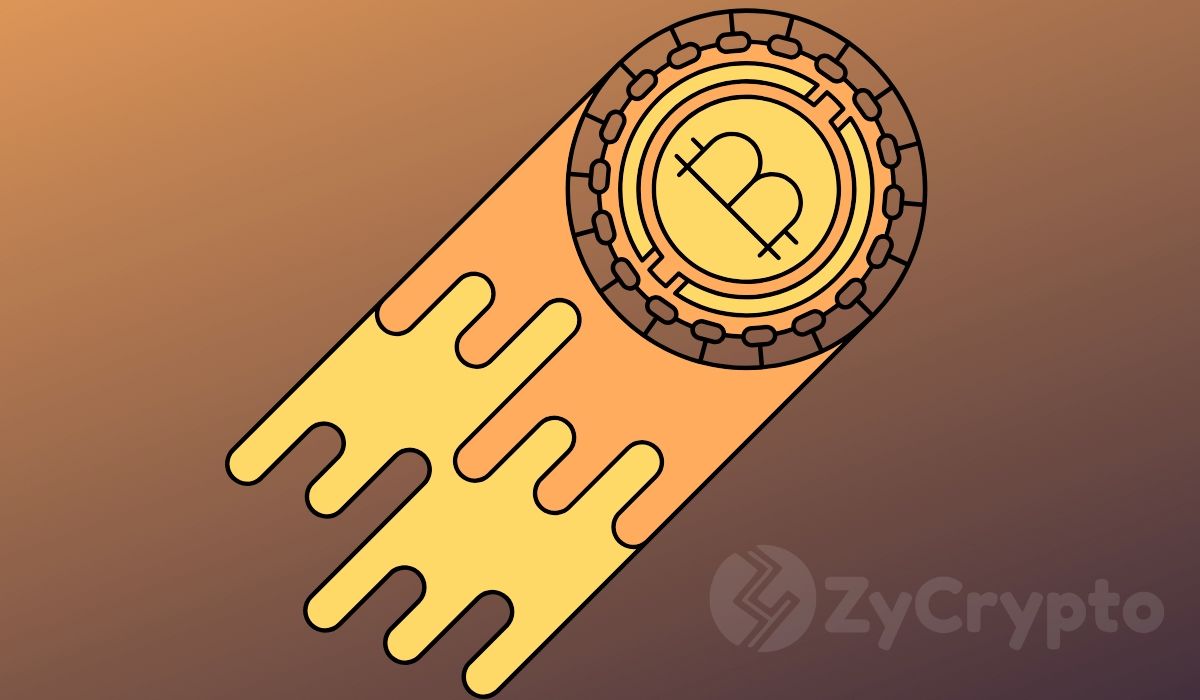


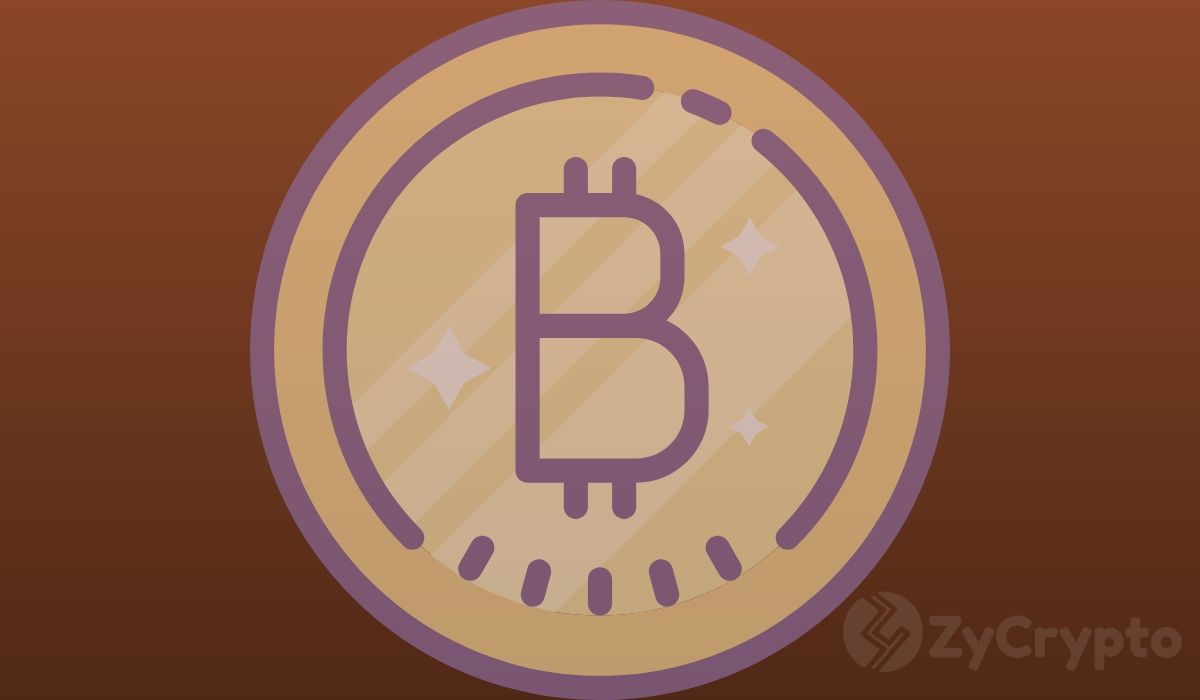
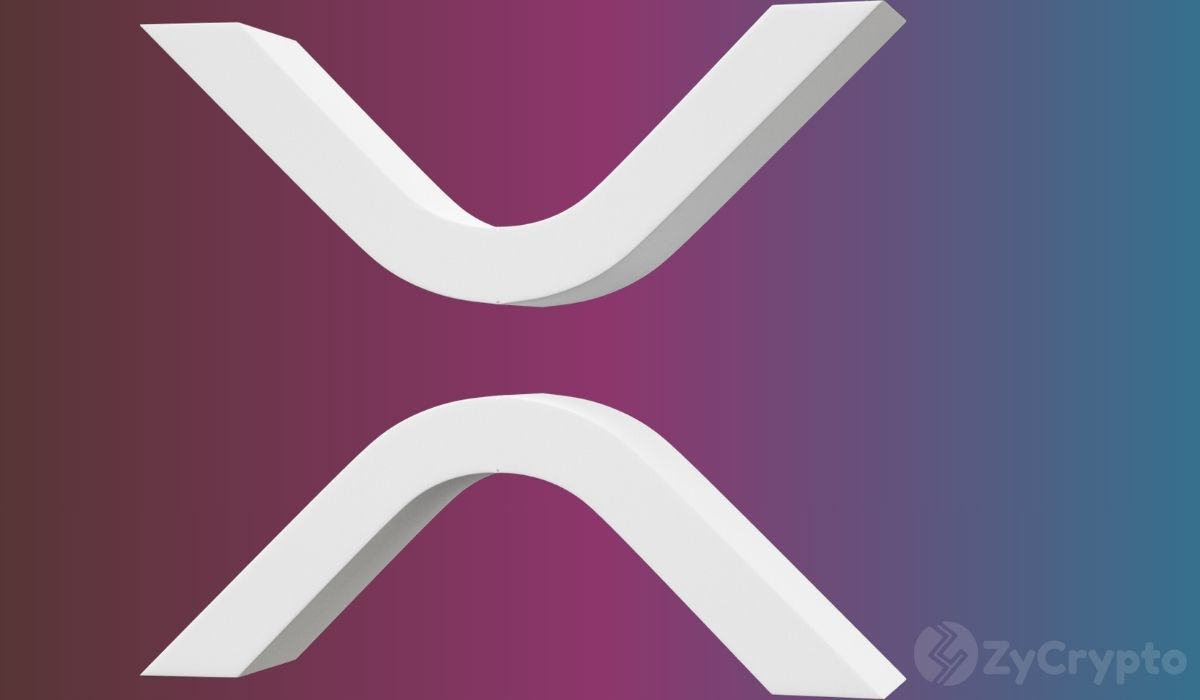

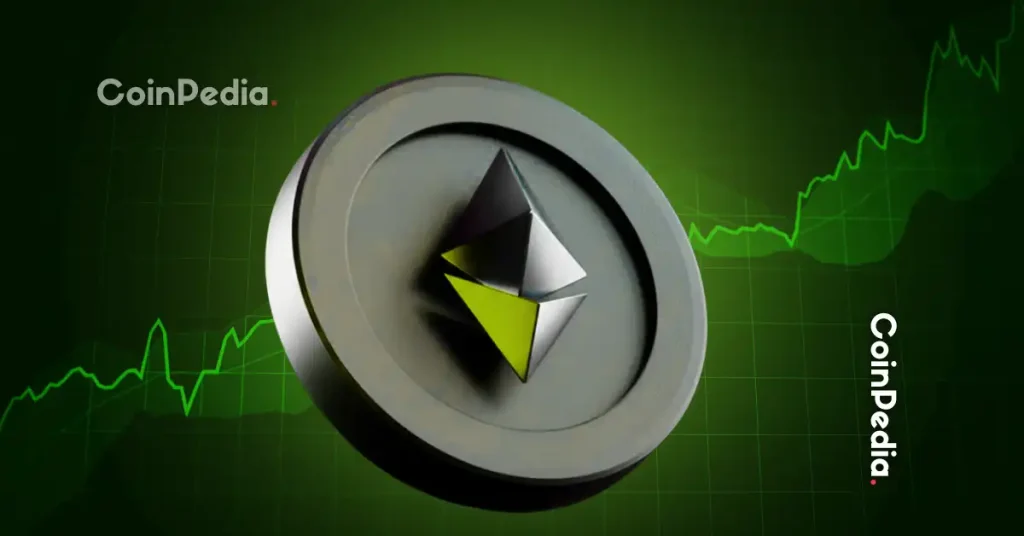






 24h Most Popular
24h Most Popular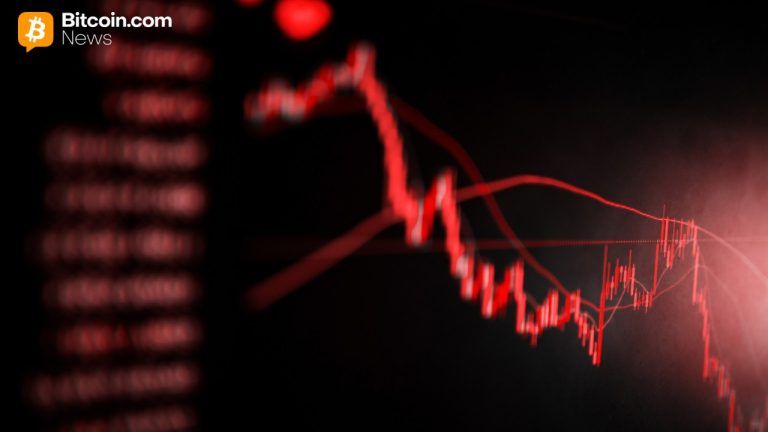


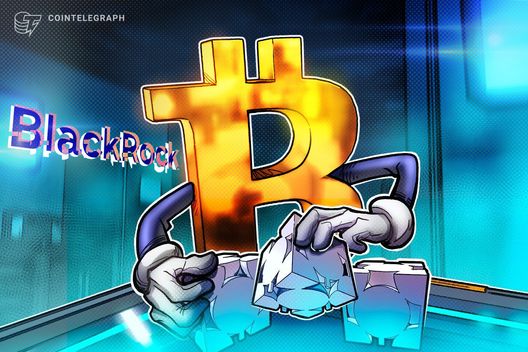
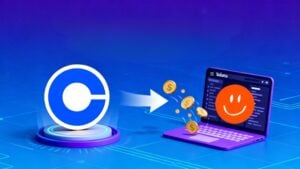



 Utilities
Utilities